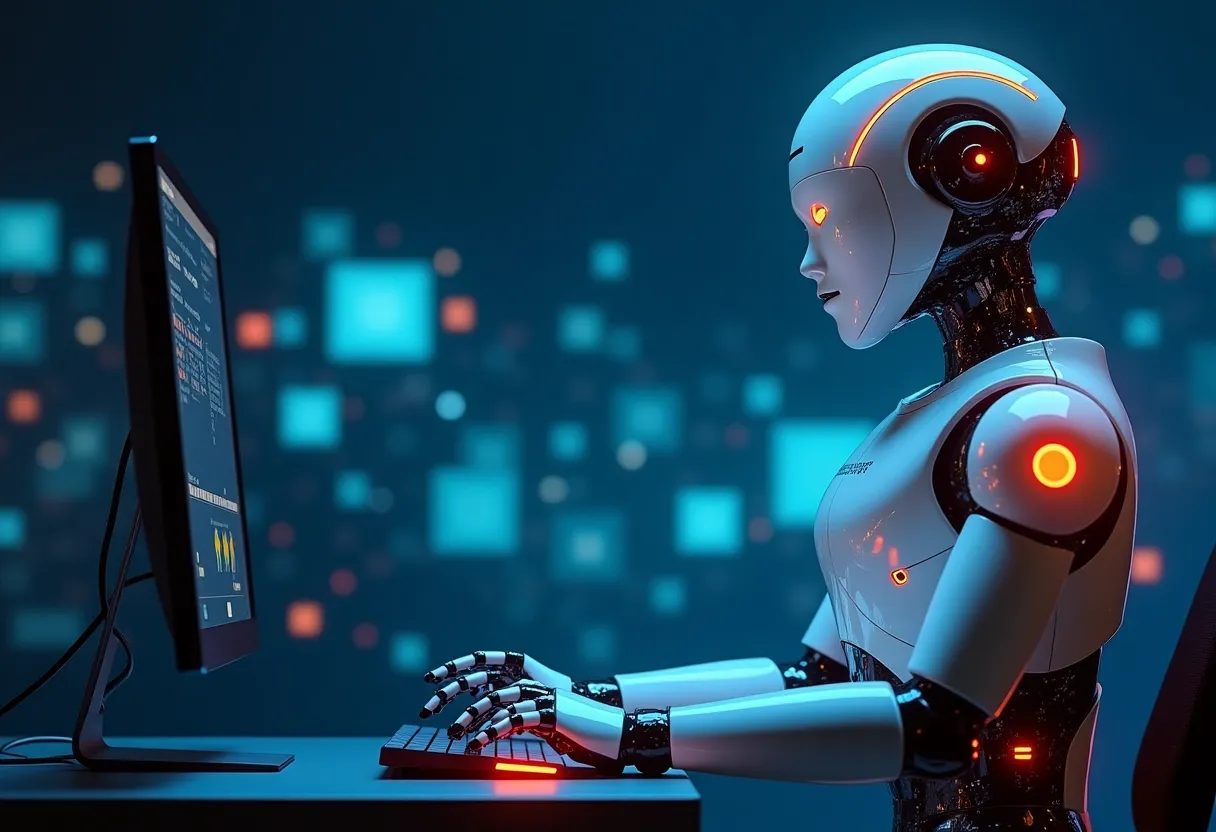Introduction: The Rise of Robots in the Workforce
The advancement of technology has always been accompanied by speculation about the job market. As we move further into the age of automation, the role of robots in various industries is becoming increasingly pronounced. In particular, six job sectors are set to undergo significant transformation due to the integration of robotic technology. This article explores the impact of robots on these jobs, ranging from sex work to space exploration, and examines the implications for the future workforce.
1. The Changing Landscape of Sex Work
One of the most controversial sectors where robots are making strides is in sex work. The introduction of sex robots is reshaping the industry, with implications for both workers and clients.
Transformations in Client Experiences
As technology improves, sex robots are becoming more lifelike, offering customized experiences. This could lead to:
Impact on Human Sex Workers
While some view the rise of sex robots as a potential threat to human sex workers, others argue that it could coexist with traditional sex work. The key implications include:
2. Healthcare: Robots as Care Providers
The healthcare sector is another area where robots are poised to make a significant impact. With an aging population and a growing need for care, robotic assistance is becoming essential.
Enhancing Patient Care
Robots can provide support in various capacities, such as:
Challenges and Considerations
While the integration of robots in healthcare presents opportunities, several challenges remain:
3. Manufacturing: Automation Takes Center Stage
Manufacturing has long been a domain for robots, but advancements in artificial intelligence are pushing the boundaries even further.
Efficiency and Precision
Robots in manufacturing are capable of:
Impact on Human Workers
The drive towards automation in manufacturing brings both opportunities and challenges:
4. Retail: The Future of Shopping
The retail sector is also experiencing a robotic revolution, with automation changing the way consumers shop.
Robots in Retail Environments
From inventory management to customer service, robots are becoming integral to the retail experience:
Implications for Retail Workers
The rise of robots in retail raises several important considerations:
5. Agriculture: Robotics in Farming
The agricultural sector has also started to embrace robotics, leading to increased efficiency and sustainability.
Innovations in Farming
Robots are transforming agriculture through:
Impact on Agricultural Workers
As robots take on more tasks in agriculture, the implications for workers include:
6. Space Exploration: Robots as Pioneers
Finally, robots are set to play a critical role in the future of space exploration, paving the way for human missions to other planets.
Robotic Missions to Mars and Beyond
Robots are essential for:
Implications for Human Astronauts
The integration of robots in space exploration presents opportunities and challenges for human astronauts:
Conclusion: Embracing the Future with Robots
As we move towards a future increasingly dominated by robotics, the implications for various job sectors are profound. While the transformation brings challenges, such as job displacement and the need for new skills, it also presents opportunities for innovation and efficiency. Embracing these changes will be essential for workers and industries alike as we navigate the evolving landscape of employment in the age of automation. The future may be uncertain, but one thing is clear: robots are here to stay, and they are set to profoundly influence the way we work and live.






